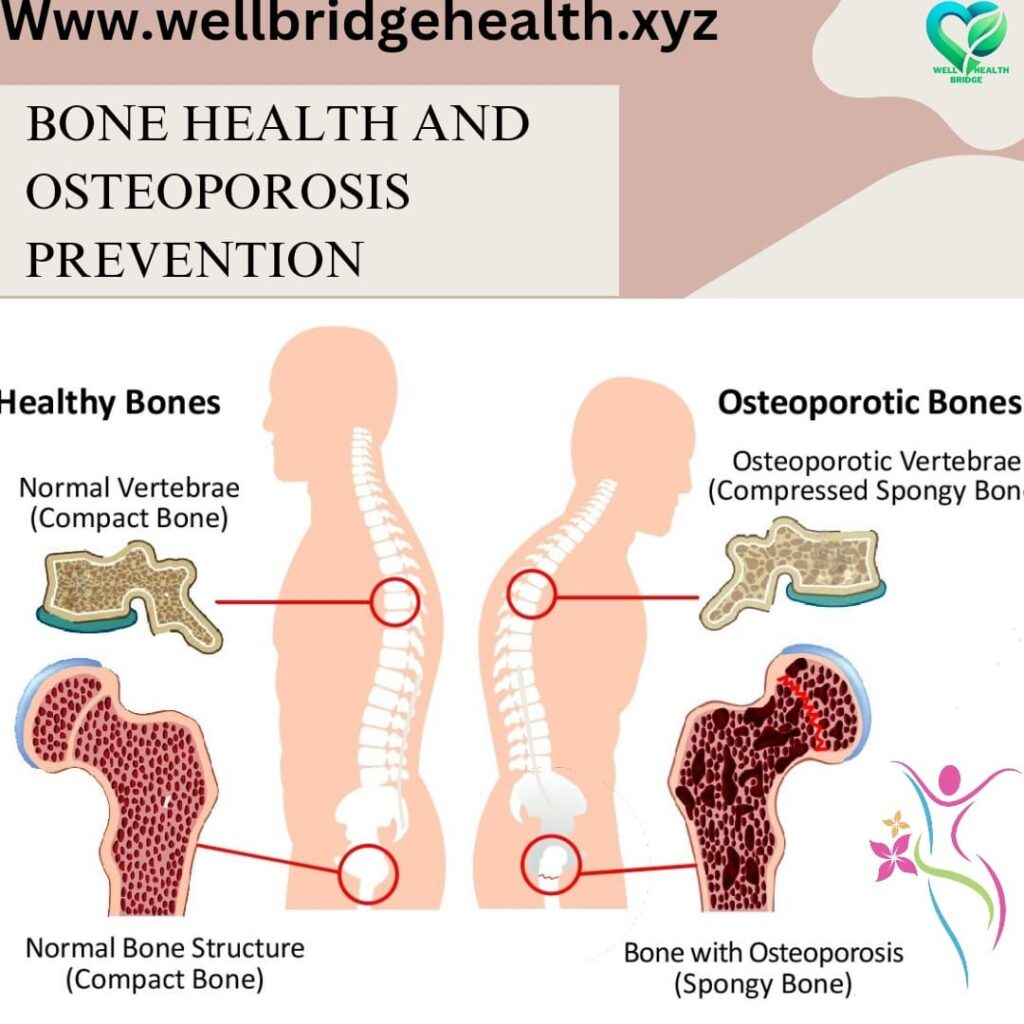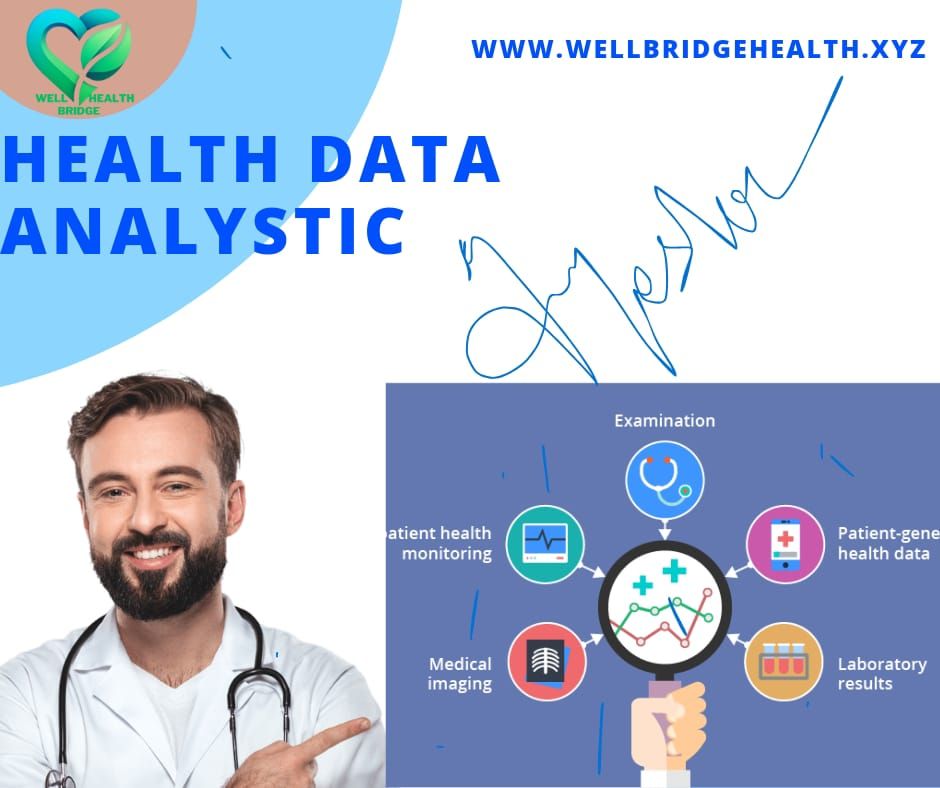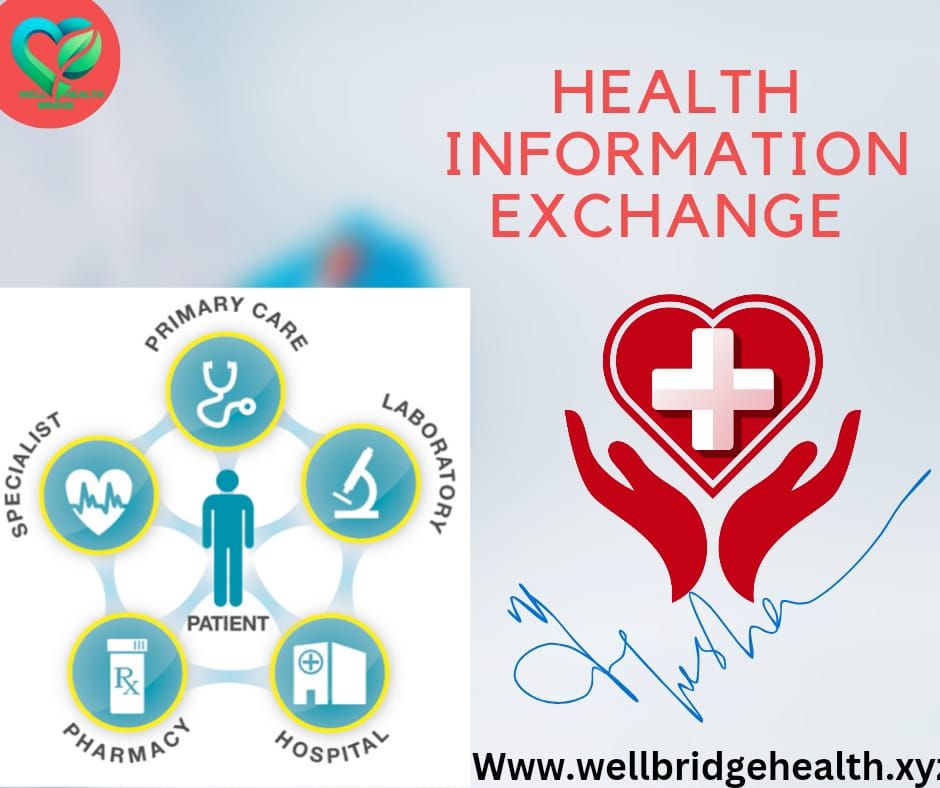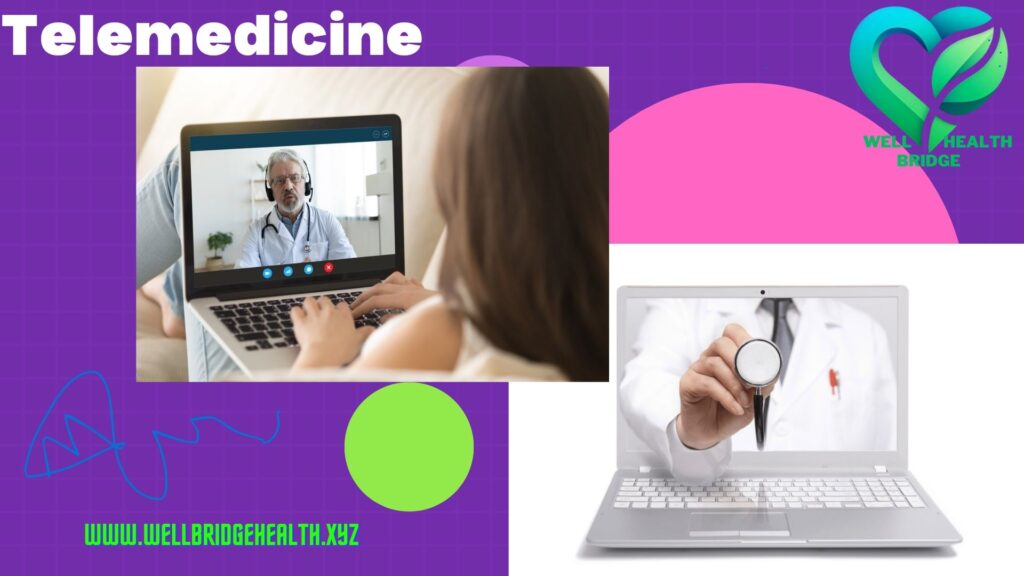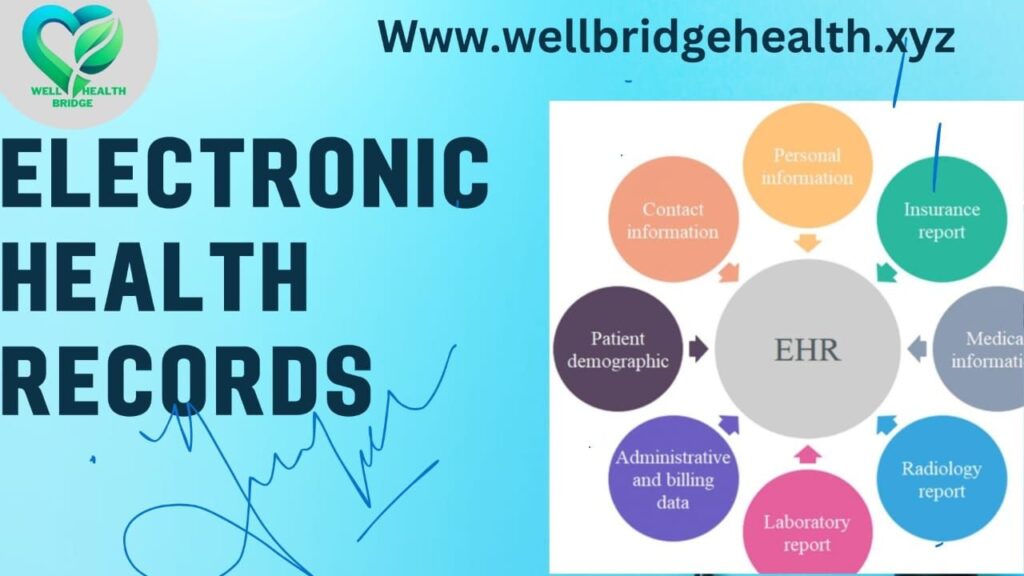Introduction Personal wellbeing records (PHRs) are an basic apparatus in present day healthcare, permitting people to oversee their wellbeing data...
Transforming Healthcare The Role Of Electronic Health Records
Telemedicine: Revolutionizing Healthcare Delivery Telemedicine, the conveyance of healthcare administrations remotely through broadcast communications innovation, has been a transformative constrain...

